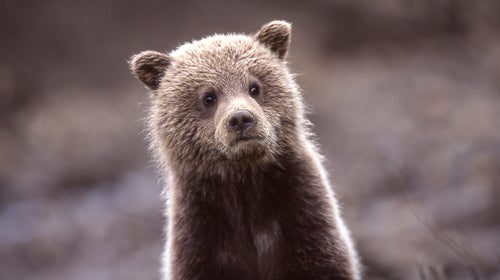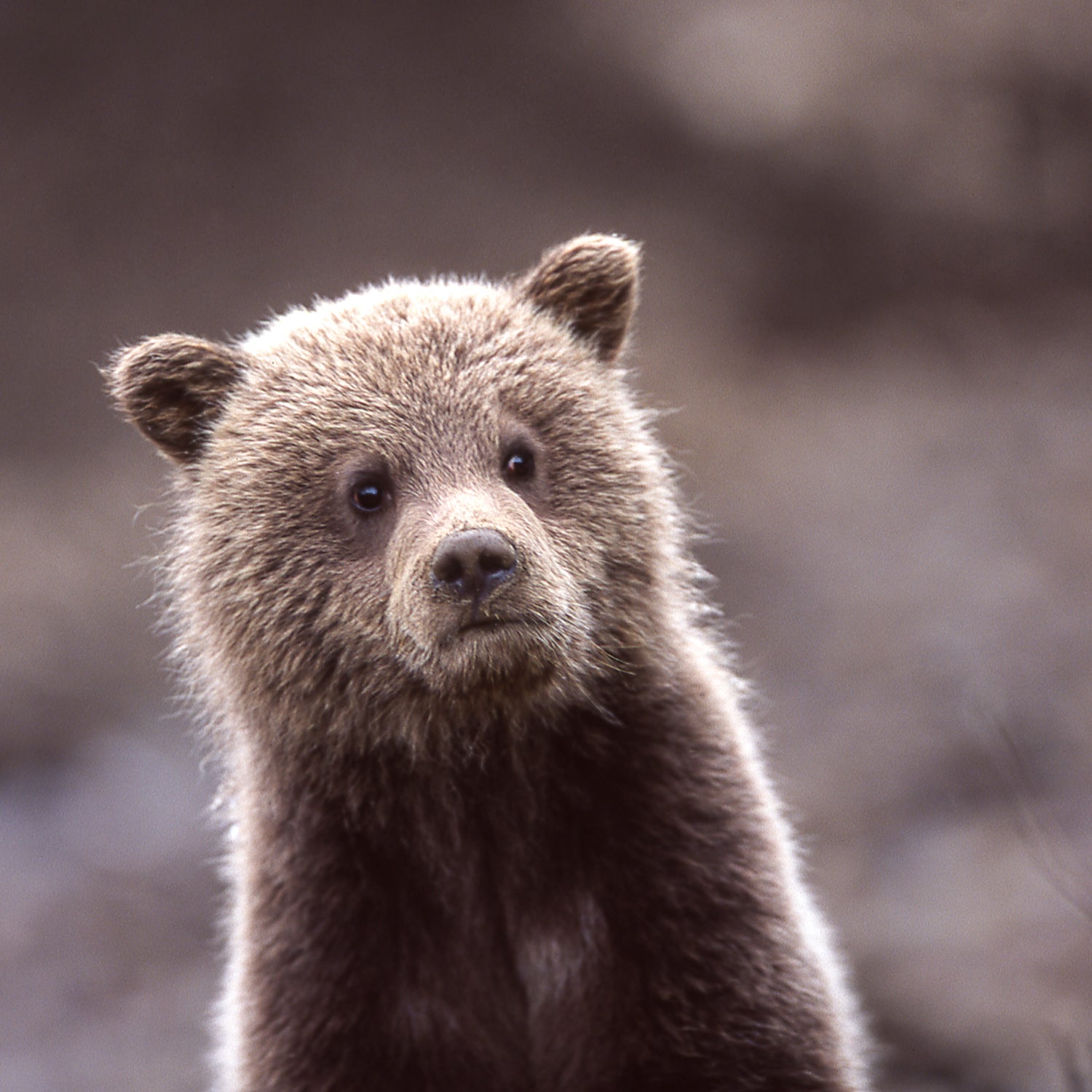Getting to the lower 48’s second-largest swath of prime grizzly bear habitat takes less than an hour by car from Seattle. The North Cascades Ecosystem begins at Interstate 90 and stretches north into British Columbia, covering 9,800 square miles—600 more than grizzlies have around Yellowstone National Park. Yet the odds of seeing a grizzly here are essentially zero.
Hunters in the 19th century shot thousands of the bears, as they did throughout the United States, driving them to near-extinction. But recently there has been solid action to reintroduce grizzlies into the North Cascades. Last January, the National Park Service and U.S. Fish and Wildlife Service released a draft plan here over the next 25 to 100 years, a move that could diversify the gene pool in case something devastated the species in the Rockies. The federal government had already poured money into a public relations campaign to educate locals. More than 127,000 comments had been made and were being reviewed. Then—without reason or warning—the recovery process came to a halt near the end of December.
Karen Taylor-Goodrich, superintendent of North Cascades National Park, said the Department of the Interior (DOI) ordered her team to stop all work on the North Cascades grizzly environmental impact statement, the first of many steps toward reintroducing the bears. “We’re in year three of the process,” Taylor-Goodrich said, according to the . She and her team were offered no explanation. The DOI, in fact, has yet to say why it has seemingly abandoned the North Cascades grizzly program—DOI spokesperson Heather Swift told ���ϳԹ��� that Secretary Ryan Zinke did not make the call to end the program, and when ���ϳԹ��� asked if Zinke was even aware of the decision, Swift did not respond.
The North Cascades region is a rugged place, with remote terrain. It is fairly road-free and loaded with plants, berries, fish, and game that the omnivorous grizzlies can dine on, which would help keep them away from cattle and orchards. Fish and Wildlife identified the area as a potential grizzly recovery zone , due in large part to its size. “There are not many places in the lower 48 that you can even think about recovering bears,” says Bill Gaines, a former Forest Service biologist who worked on the North Cascades recovery plan. “And then to have 10,000 square miles of public land, and something on the order of 40 percent be a national park or wilderness—that’s a pretty good chunk of wild country.”
Despite the habitat suitability, not a single grizzly is known to be currently living in the U.S. chunk of the range. An estimated six bears live in the Canadian section—far too few to push a meaningful population of breeding bears south. Without bringing in outside bears, biologists have concluded, local extinction of grizzlies is a major threat.
As has been the case in other recovery zones in Montana, Wyoming, and Idaho, the public didn’t immediately jump on board. “It’s been a challenge,” says Jack Oelfke, who coordinates Park Service workers involved in the North Cascades grizzly recovery (Oelfke spoke with ���ϳԹ��� about the program before the DOI decision, and the Park Service has since declined to officially comment). “There are lots of people in Washington who are pretty strong conservationists. But when you bring up grizzly bears, the prospect that their favorite hiking trail might now have grizzlies makes them pause.”
To help win the war of public opinion, Fish and Wildlife and the Park Service began a three-year public education bonanza, a method successfully deployed in Montana, where the Northern Continental Divide Ecosystem bear population has swelled beyond 900. Bear managers created educational websites and held public meetings—which drew hundreds of attendees—to answer questions from hikers, hunters, loggers, ranchers, and farmers about the bears.
Without bringing in outside bears, biologists have concluded, local extinction of grizzlies is a major threat.
To further lessen concerns, the feds and researchers I spoke with said any bears brought to the North Cascades likely would be designated an experimental population under the Endangered Species Act. This designation, which was used when wolves were returned to Yellowstone, allows wildlife officials more leeway to relocate or, in extreme instances, kill troublesome animals. It’s a move used primarily to gin up public support by assuring, for example, local apple farmers and loggers that they need not worry about their operations being shut down by a grizzly on their property.
The result of these efforts appears to be strong public support. The majority of public comments submitted, reviewers told me, were in favor of relocating bears to the North Cascades, and a 2016 poll suggested .
Critics, of course, remain, and have celebrated the stop-work order. Jim DeTro, a commissioner in neighboring Okanogan County, told the , “Yes, ranchers in the Okanogan will be happy, but the opposition had bipartisan support. Even hikers and people on the green side said the North Cascades was no place for this.”
The DOI’s decision creates a murky future for grizzlies in the North Cascades. Taylor-Goodrich told a panel of grizzly experts last month that communication has stopped with Canadian partners, and Oelfke, the Park Service coordinator, told the Yakima Herald that no timetable has been issued for work to resume. NPS officials declined to comment, and Swift, the DOI’s spokesperson, said she couldn’t confirm whether the stop-work order had even been issued. Swift would only say that Zinke hadn’t personally made the decision. “It sounds like from press reports that it was stopped,” Swift wrote to ���ϳԹ��� an email, “but if it was stopped it wasn’t because the Secretary directed them to.”
“[What is] frustrating is that the many years of science, public education, and significant taxpayer dollars that have gone into grizzly bear recovery in our region are apparently not being taken seriously by this administration,” Chase Gunnell, spokesperson for Conservation Northwest, said in a statement.
These decisions are shadowed by uncertainty of how climate change will affect grizzly bears. Critical food sources in the Rockies, such as cutworm moths and whitebark pine seeds, are particularly threatened by warming temperatures, and scientists are uncertain how grizzly populations will respond. It’s for this reason that North Cascades researchers stressed the importance of another population to the survival of the species.
Delaying action isn’t simply an inconvenience. Had the environmental impact study proceeded, a final document would have been released sometime this year, and a decision would probably have been made in mid- to late 2018. Even at this pace, implementation wouldn’t have begun for years. Meanwhile, the North Cascades grizzly population teeters on extinction as the are scheduled, and expected, to be removed from the endangered species list.
“Biologically, it’s never a good idea to have just one or two small, isolated populations,” Oelfke says. “If you’ve got at least one other population in the mix in the lower 48, that’s a long-term benefit to the species.”
It may have had wide support and been good for grizzlies. But for some reason the DOI didn’t think so. They just won’t say why.


